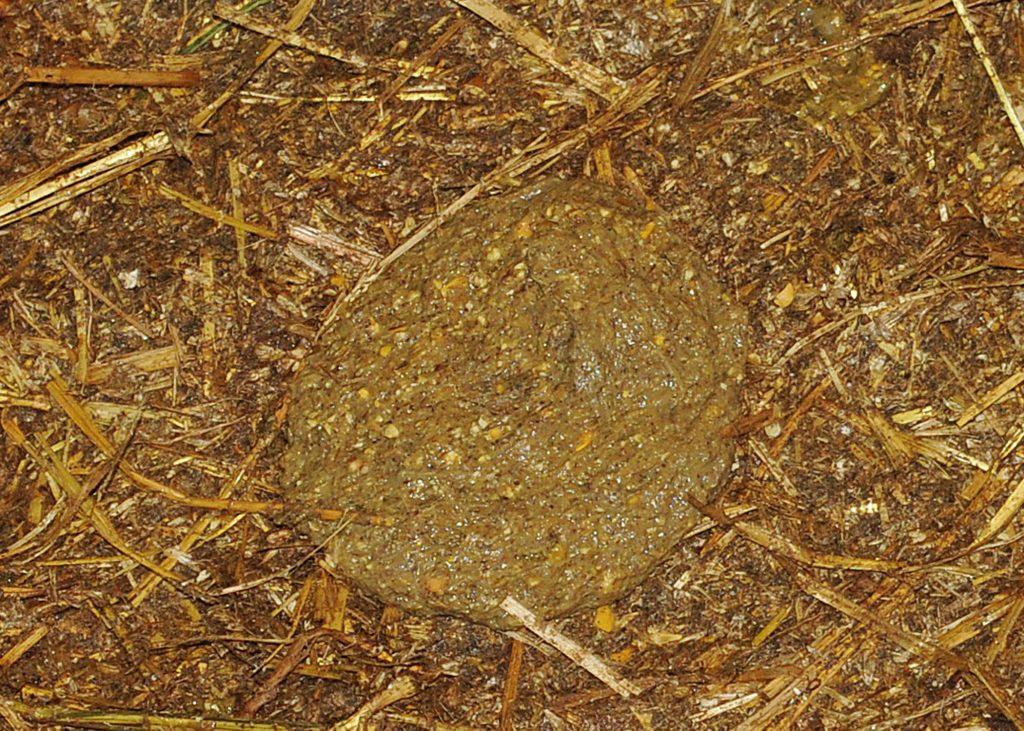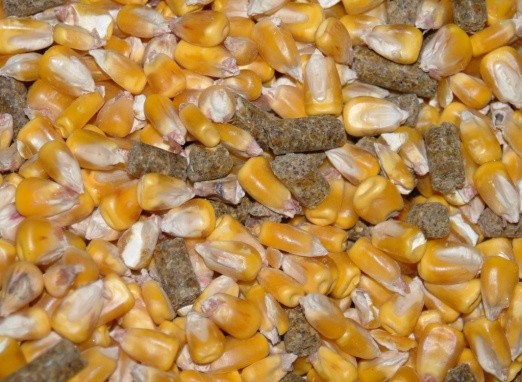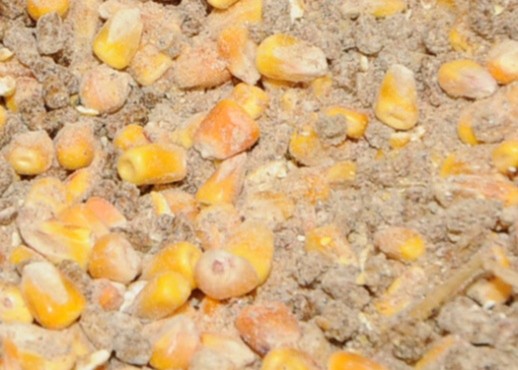Healthy Calf Conference
Follow to stay up-to-date on all Healthy Calf Conference updates. Speaker announcements, sponsorship information, registration announcements, and more.
When feeding grain-fed veal cattle, a lot can be told about the health of your animals by their manure. Appearance (colour), texture (consistency), and content (particle size) are good indicators of gut health. Digestion and rumen function are critical to veal cattle growth at all stages of production.
Why rumen function matters
For grain-fed veal farmers, healthy rumen function is key to performance and average daily gain (ADG). Since these cattle are primarily fed a corn-and-supplement diet, the rumen must work effectively.
Over the last decade, many farmers have offered free-choice chopped straw. Straw stimulates chewing and rumination, which helps maintain rumen health and prevents undigested feed – especially corn – from passing into the hindgut where it can ferment. This fermentation could lead to gas and acid production.
Ionophores added to pelleted feed can also help reduce methane production in the gut and improve feed efficiency.
Consistency is critical
If you choose to include straw in the diet, keep it in consistently. Veal cattle don’t respond well to frequent ration changes. Starting and stopping feed ingredients is stressful on digestion.
When feeding straw, make sure the pieces are longer than two inches (5.08 centimetres) so they provide enough “scratch factor” to stimulate rumination.
Chewing, saliva, and digestion
Chewing is the key to digestion. When cattle chew corn, they produce saliva containing enzymes like salivary amylase that speed up starch breakdown. Saliva also acts like a natural buffer – similar to baking soda – that helps prevent bloat.
To encourage chewing:
Excess fines reduce chewing, lower saliva production, and increase bloat risk. Be mindful that pellet ends are soft and fragile, so excessive handling (augers, mixers, feed distribution) can lead to further breakdown. Moisture migration between corn and pellets can worsen the problem.
What to check in the pen

When walking pens, don’t just look at veal cattle – look at feed and manure, too. Ask yourself:
Signs veal cattle may not be chewing enough:
Manure within a group should be consistent in appearance, texture, and particle content. Whole kernels of corn in manure signal poor chewing and wasted feed.
Why it matters
Every kernel counts. Undigested corn in manure means lost efficiency and reduced ADG. Good feed management and careful observation of veal cattle, feed, and manure are essential to maximize growth and rumen health.
On your next pen check, have a close look – how much corn is in your manure?
Feed quality reminder
When assessing feed, your pellets should look like those in Figure 2 – firm and intact, with no fines. If your feed looks like Figure 3, contact your feed representative right away.


Follow to stay up-to-date on all Healthy Calf Conference updates. Speaker announcements, sponsorship information, registration announcements, and more.
The Codes of Practice are nationally developed guidelines for the care and handling of farm animals. They serve as our national understanding of animal care requirements and recommended practices.